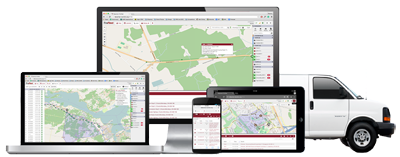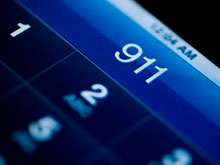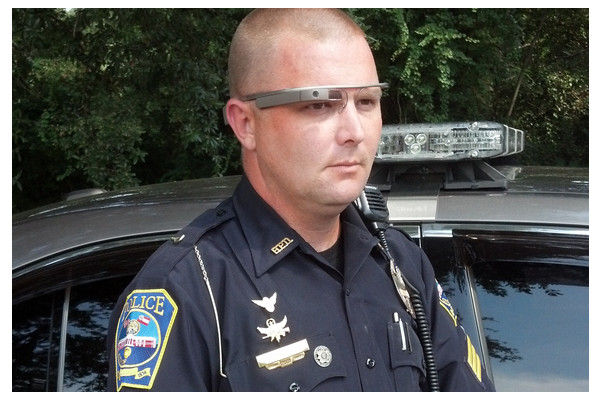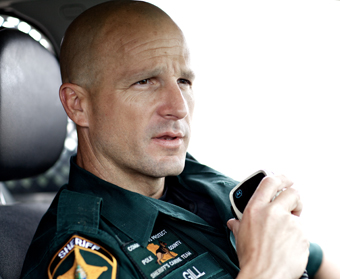Monitoring your mobile workforce wherever their work takes them – whether outdoors or indoors – just got easier thanks to TruFleet’s new compatibility with iBeacon Bluetooth technology. The TruFleet tracking system, used across industries for its ability to track MotoTRBO radios on the go, now offers seamless integration between iBeacon and GPS to locate workers as they move between vehicles and environments.
With TruFleet, workers’ location within 30-foot accuracy can be viewed in real time via a web browser on desktop computers, tablets or mobile phones. Dispatchers can “ping” radios to get an immediate update on their position, and text and status messages can be sent back and forth between dispatchers and radios for easy exchanges of information about traffic or appointment changes.
As your business, campus or organization grows, the solution can be tailored to meet your needs with easy scalability. As with any application, professional installation is your best bet, and you can expect your installation and deployment to take just a few hours.
Let’s take a look at TruFleet’s enhanced versatility:







